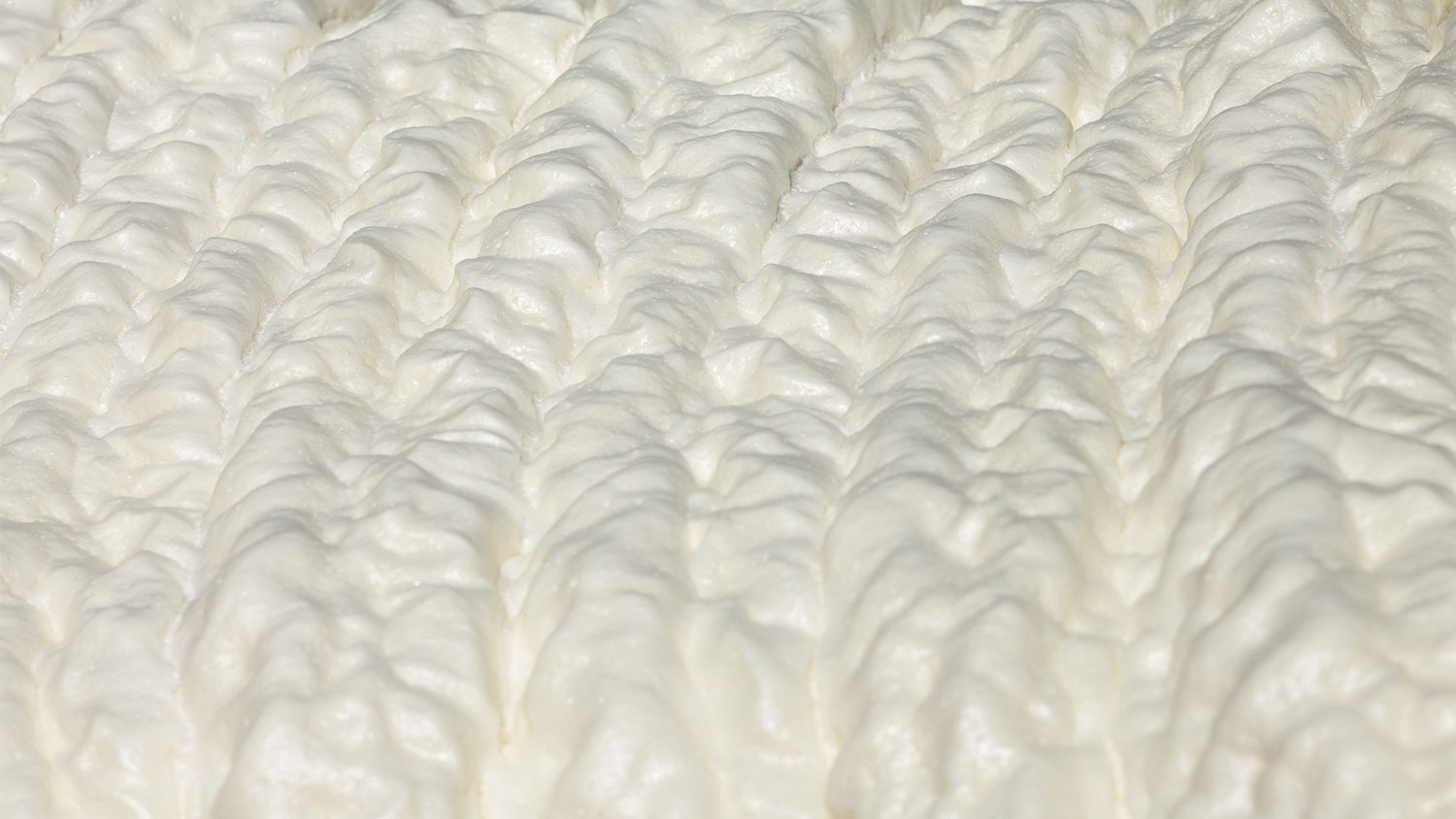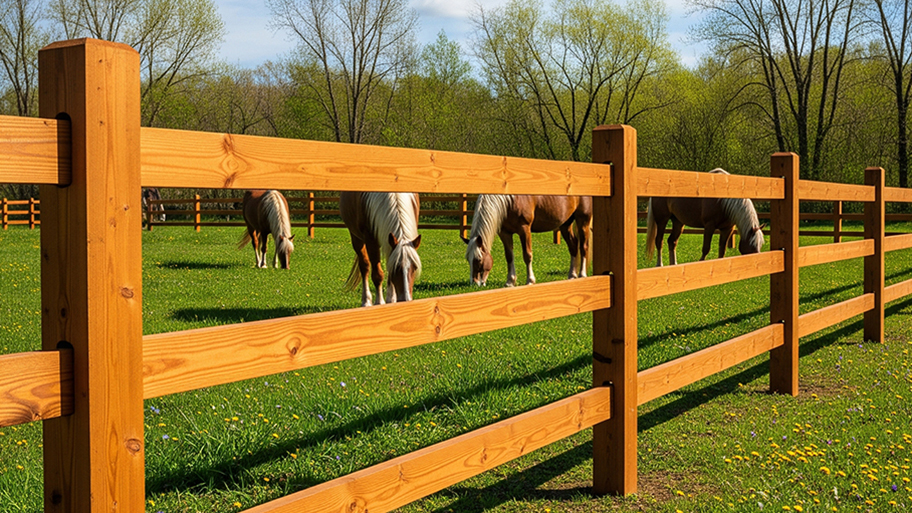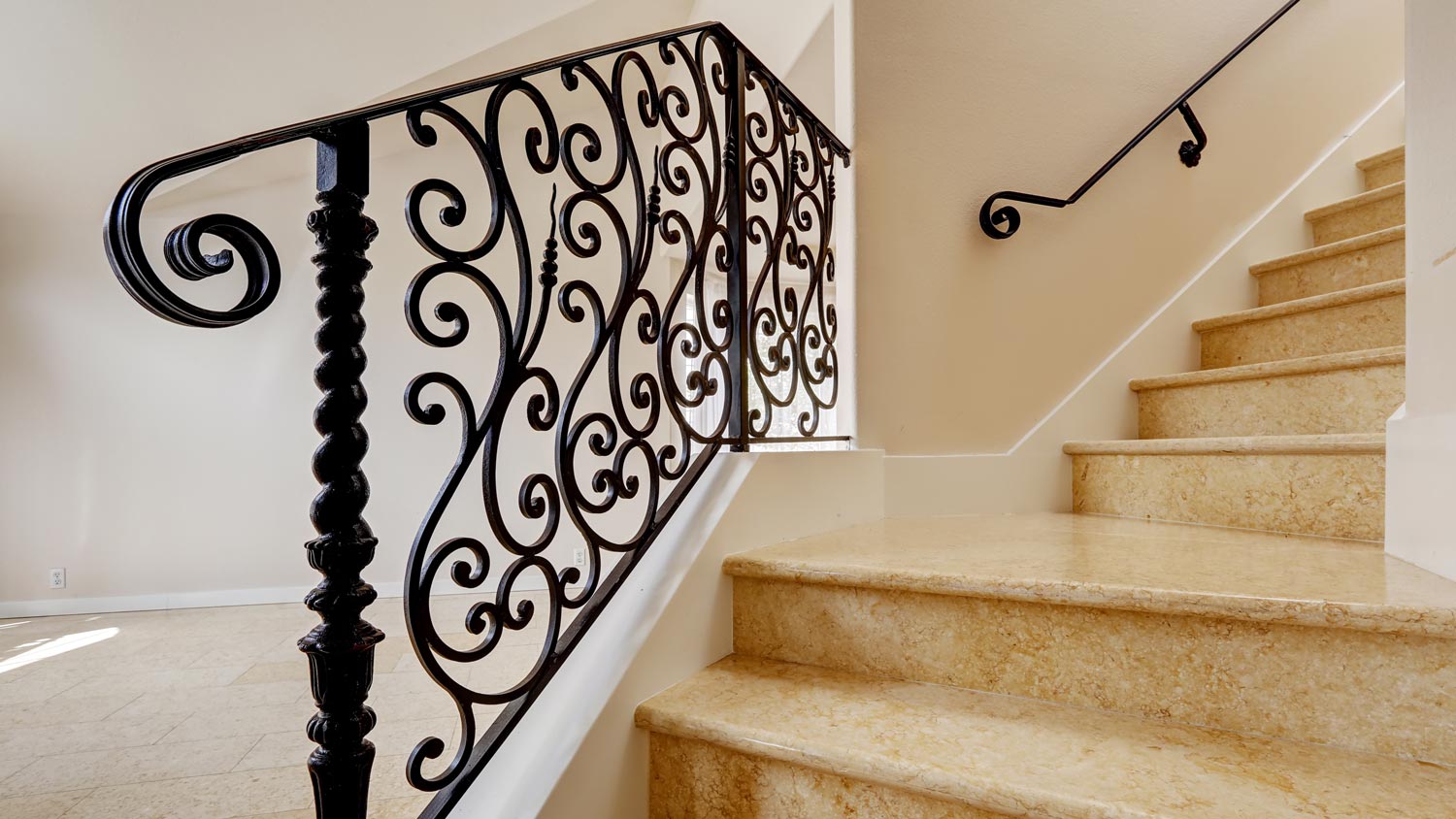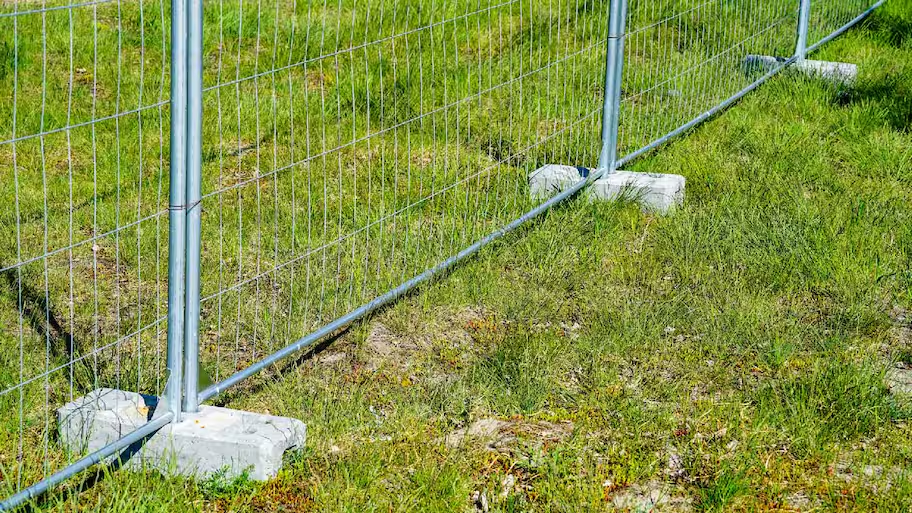
An electric fence is an effective way to keep animals in your yard. Learn how much different electric fences cost, in this guide.
From application to durability to cost, these two post-hole fillers couldn’t be more different


Expanding foam and concrete are promising options for post-hole fillers.
Concrete is more durable and can support load-bearing posts.
Expanding foam works best for lightweight vinyl or mesh fences.
Concrete takes longer to set and cure.
Expanding foam is more expensive than concrete.
There’s no point in investing in a fence if it will lean or fall over within a few years. The key to a fence that withstands high winds, climbing kids, and escape-artist dogs is a durable, strong material to set fence posts. Concrete is a popular filler choice, but you should consider another alternative for filling your fence post holes: expanding foam. We’ve examined fence post foam versus concrete to highlight the difference between these materials and make your decision easier.
Fence post foam and concrete are both materials used to install and stabilize fence posts, but each has its own distinct characteristics that can make one option the better fit for you. Here is a closer look at expanding foam versus concrete for fence posts.
Fence post foam is made from expanding polyurethane foam, starting as a liquid that fills the post hole upon application. This process requires mixing and pouring the foam, which then expands to provide stabilization. It cures relatively quickly, often within a few hours. In contrast, concrete is a mixture of cement, sand, and gravel. How long does it take to build a fence with concrete? The installation involves mixing dry concrete with water, pouring it into the post hole, and allowing it to cure and harden over an extended period, which is about 24 to 48 hours.
Concrete is known for its strength and durability but is heavier and denser than fence post foam. While fence post foam may offer some flexibility and easier removal, concrete provides a rigid and stable foundation, making the choice between the two dependent on specific project requirements and preferences. Factors to keep top of mind when trying to decide between foam versus concrete for fence posts include weight, curing time, strength, flexibility, and environmental impact.

Most homeowners default to concrete as a post-hole filler because It’s durable and reliable. If you mix the concrete properly, this material can last 50 years or more.
| Concrete Pros | Concrete Cons |
|---|---|
| Inexpensive | Takes days to cure |
| Sturdy once set | Heavy material |
| Simple to DIY | Hard to transport |
Best for:
Homeowners with tall or large fences
DIY lovers
Those looking to save money
Concrete is less expensive than expanding foam and is best used for load-bearing posts (even deck posts). It’s also more sturdy once set, so you’re less likely to deal with a leaning or sinking fence down the line.
Mixing concrete is a pretty simple DIY, as long as you follow the mixing instructions. But if you make a mistake, concrete is fairly forgiving since it doesn’t dry too quickly, and you’ll have more time to adjust the fence posts.
Concrete can take up to a couple of days to fully cure, so you may need to put in some temporary supports to hold the fence posts in place. If installing the concrete fence post filler yourself, remember that this material is heavy to tote around the yard.

Expanding foam, or polyurethane foam, was invented in the 1930s for the military and aviation industries, but it also serves as a material for insulation and—you guessed it—setting fence posts.
| Expanding Foam Pros | Expanding Foam Cons |
|---|---|
| Produces less waste | Fast curing time causes challenges |
| Sets and cures quickly | More expensive option |
| Can be applied in cold temperatures | Less durable than concrete |
Best for:
Eco-friendly minded homeowners
DIY lovers
Homeowners in cold climates
Expanding foam is considered more eco-friendly than concrete because it produces less waste. It also sets and cures quickly (in less than 15 minutes) and can be applied in cold temperatures. Expanding foam for fence posts is also lightweight and a solid choice for a DIY since it doesn’t require mixing.
Fast curing times may seem like an added perk, but this means you’ll have to work fast to get it right the first time. There’s little room for adjustments once you start applying this material. Expanding foam is more expensive than concrete but also less durable.
A well-built fence is only as good as the supports it rests on. When it comes time to choose between expanding foam versus concrete fence posts, you’ll need to weigh your options for durability, cost, and ease of fence post installation.
Expanding foam offers more support for a simple fence post because it expands to fill every crack and crevice in the post hole. That said, it’s not meant to hold a lot of weight. Concrete is the most durable and can support load-bearing posts, such as posts for decks or fence gates, but it is prone to cracking over time.
When installing fence posts with concrete, it’s important to mix the concrete properly to help it last for 50 or more years. Expanded foam lasts from 15 to 40 years as a post-hole filler. Both materials offer support, but concrete will likely last longer with proper installation.
Although expanding foam is significantly more lightweight than concrete, it is also more expensive. Expanding foam will cost about 25% more to three times more than concrete for filling fence post holes. The cost of concrete for post bases is about $8 to $10 per 80-pound bag. How many bags of concrete per fence post are necessary? You’ll need one to four bags per post to complete this project.
Expanding foam is easier to handle than concrete during installation. For small holes, you can purchase sprayable foam that requires no mixing. Expanding foam also comes in a lightweight bag ready to mix. A 2 ½-pound bag of expanding foam mix will fill the same number of post holes as 100 pounds of concrete mix.
But concrete has some installation benefits—namely that it takes at least 30 minutes before it starts to set. That means you have some time to adjust the post until it is just right. In contrast, expanding foam starts to set almost immediately, so you need to move fast and ensure you place the post properly before applying it.
You can use concrete or expanding foam for many different types of fences. Some use expanding foam as insulation or to fill any holes or gaps around the house, in addition to a post-hole filler. While expanding foam can secure posts for lightweight fences, such as vinyl or wire mesh, it’s better to go with concrete for structural posts, such as posts for porches, decks, or large and heavy gates. Expanding foam is not as strong as concrete when supporting load-bearing posts.
A local fence installation professional can help you decide which post hole filler is best depending on the type of fence and uses you need.
Both materials, once set, are pretty tough to remove should you need to repair or replace sections of your fence. That said, concrete will support common fence post repair materials, like brackets or spikes, but expanding foam will not. This is because the added weight of the repair devices may crush and weaken the foam and the entire foam post support system.
If you ever need to replace a rotted fence post (or porch or deck post), you’d need to dig up the entire post/filler unit and then remix and reset with a new post.
Considering how long it lasts, concrete may seem more sustainable than expanding foam, which is a type of plastic. However, expanding foam requires less energy and materials to manufacture than concrete. It also produces less waste during the filling process, making expanding foam a more sustainable option.
From average costs to expert advice, get all the answers you need to get your job done.

An electric fence is an effective way to keep animals in your yard. Learn how much different electric fences cost, in this guide.

Looking for that rustic charm only a split rail fence can provide? Use this split rail fence cost guide to get an idea of what your fence will total.

Get expert insights on wrought iron railing repair cost, including average prices, key cost factors, and tips to save on your next project.

Discover the cost of deer fence installation. Learn about average prices, key cost factors, and tips to save on your deer fence project.

If you need DIY temporary fence ideas, then you’ve come to the right place. We’ve researched several options providing semi-permanent fencing solutions for you.

Discover gate hinge types for every need—T hinges, barrel hinges, butt hinges, and more—and learn how to choose the best hinge for your project.